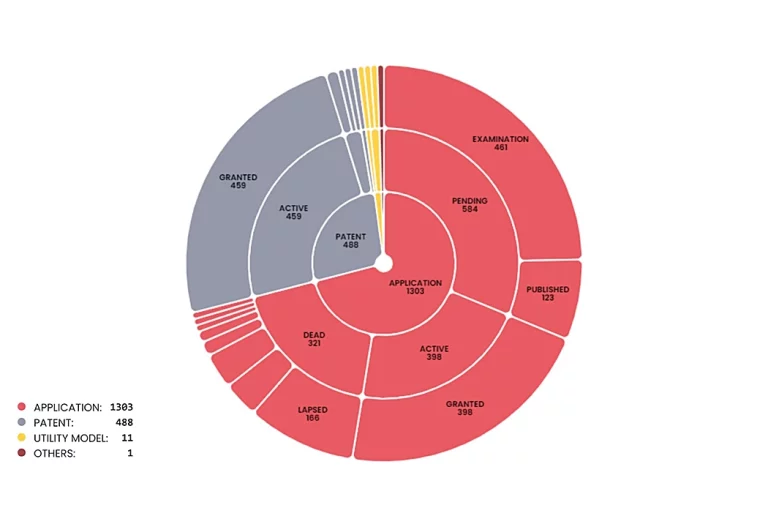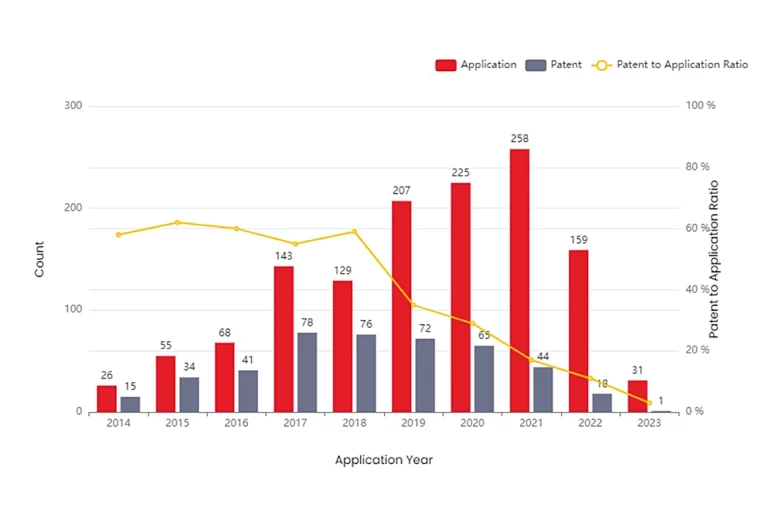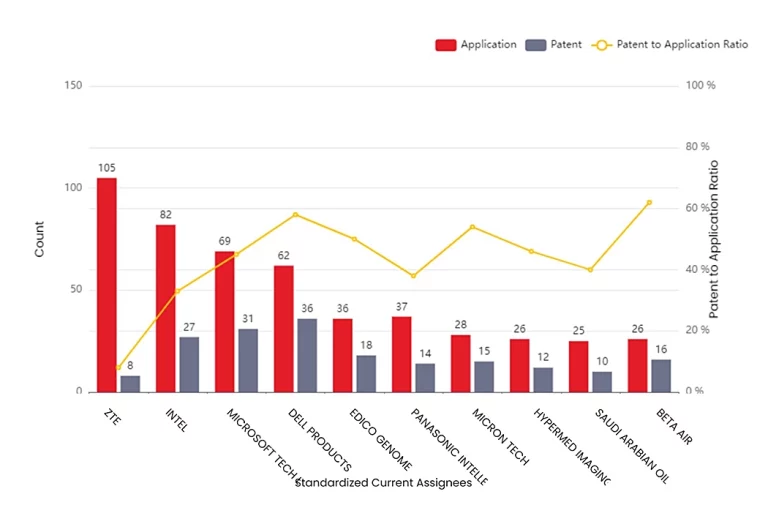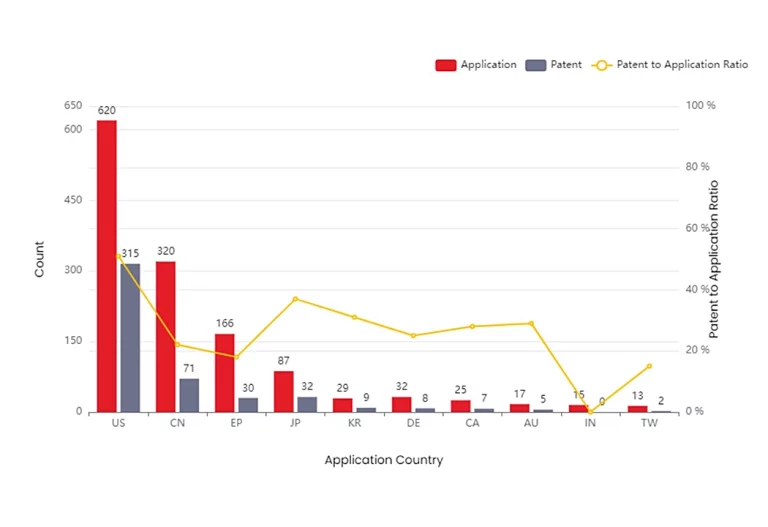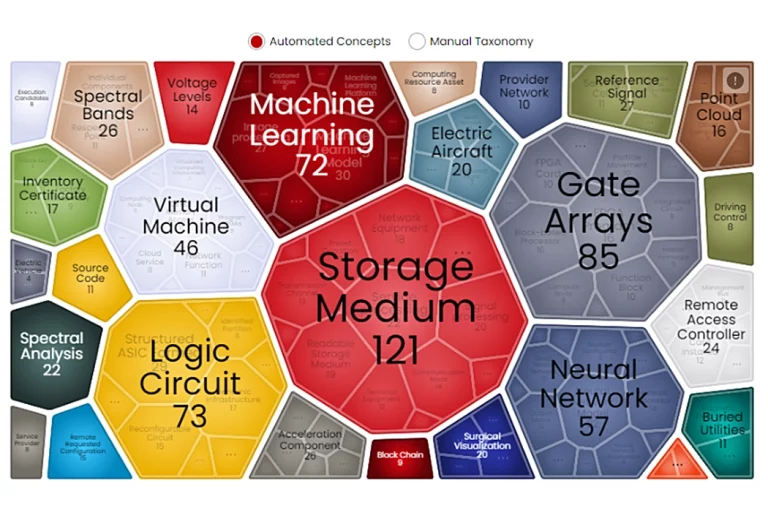Overview of FPGA Technology
Significance in Cloud Computing
Scope and Purpose of the Article
History of FPGA Technology
Evolution of Cloud Computing
Convergence of FPGA and Cloud Computing
Technical Insights into FPGA-Based Cloud Computing
Basic Principles of FPGA in Cloud Environments
Reconfigurability and Adaptability
Parallel Processing Capabilities
Customizable Hardware Acceleration
Advantages of Using FPGA in Cloud Computing
Enhanced Performance for Specific Tasks
Improved Security and Privacy
Key Technical Challenges and Limitations
Complexity of Programming and Configuration
Initial Cost and Resource Investment
Limited Scalability in Certain Scenarios
Current Applications and Use-Cases
Real-Time Data Processing
Network Function Virtualization (NFV)
The Future of FPGA in Cloud Computing
Integration with Emerging Technologies
Development of More User-Friendly Programming Tools
Expansion into New Industry Verticals
Current Market Trends in FPGA-Based Cloud Computing
Market Expansion and Regional Dynamics
Industry Verticals and FPGA Applications
Technological Drivers and Innovations
Key Players and Competitive Landscape
Market Challenges and Strategic Considerations
Future Market Projections
FPGA-Based Cloud Computing Innovations – Patent Landscape
Patent Status and Lifecycle
Evolution of Patent Filings
Diverse Technological Applications
Future Outlook of FPGA-Based Cloud Computing
Anticipated Technological Advancements
Expansion into New Markets and Applications
Integration with AI and IoT
Strategic Collaborations and Industry Growth

